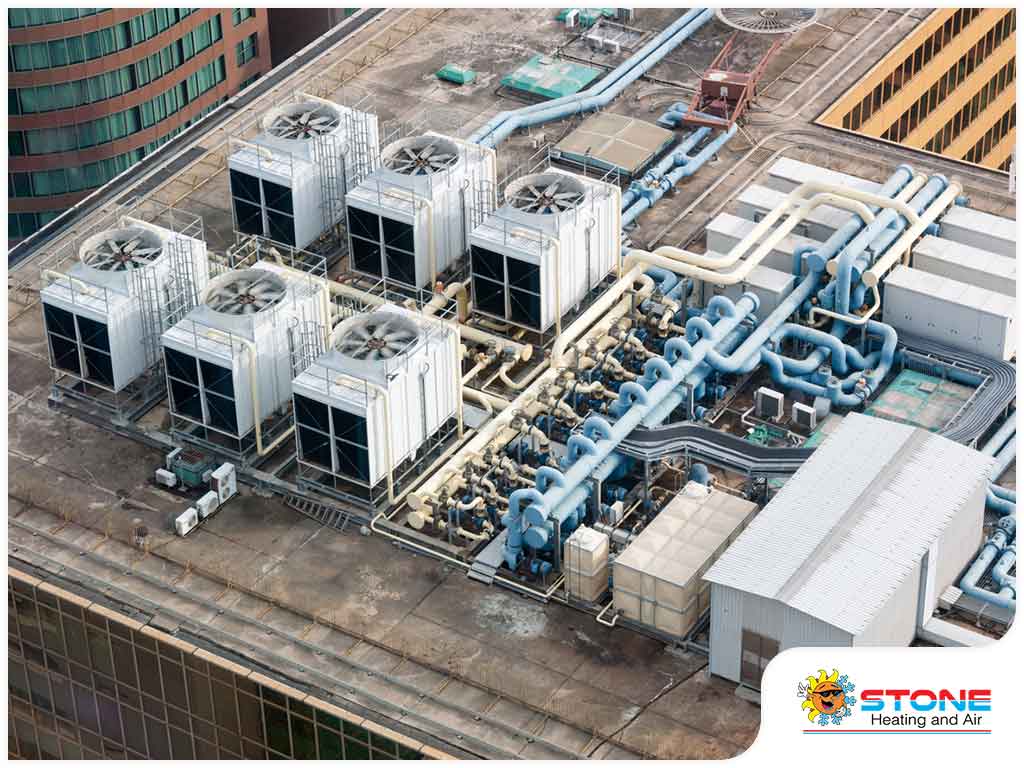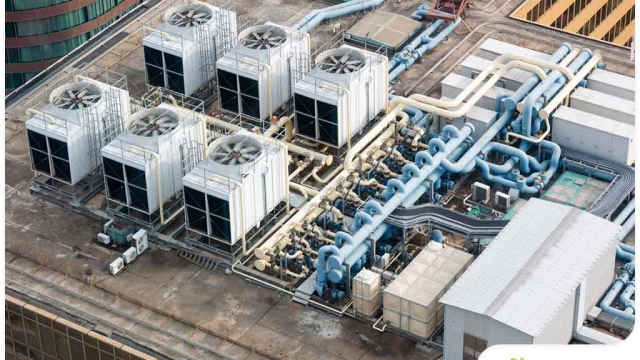
In today’s fast-paced world, the pursuit of comfort within indoor spaces has become increasingly paramount. HVAC systems have long been the silent workhorses that ensure our homes, offices, and establishments are kept at the ideal temperature. However, recent trends in HVAC technology have not only elevated the efficiency and effectiveness of these systems, but also expanded the possibilities of what comfort can truly entail. From smart thermostats to advanced air purification, the latest innovations in HVAC are revolutionizing the way we experience and control the climate within our environments.
Energy Efficiency Innovations
The trend towards energy efficiency in HVAC systems is driving exciting innovations in the industry. Companies are increasingly focused on developing technologies that reduce energy consumption while maintaining optimal comfort levels. This means that modern HVAC systems are not only more eco-friendly but also help homeowners save on their energy bills.
One key innovation in energy efficiency is the integration of smart thermostats with HVAC systems. These devices leverage advanced sensors and algorithms to learn occupants’ preferences and adjust temperature settings accordingly. By optimizing heating and cooling cycles based on real-time data, smart thermostats help minimize energy waste and improve overall efficiency.
Another notable advancement is the use of variable-speed technology in HVAC components such as compressors and fans. By adjusting operating speeds to match the required heating or cooling load, variable-speed systems can achieve greater efficiency compared to traditional fixed-speed units. This results in more precise temperature control and substantial energy savings over time.
Smart Home Integration
In the realm of HVAC, smart home integration plays a key role in enhancing convenience and energy efficiency. With the rise of smart thermostats and connected HVAC systems, homeowners can now remotely control and monitor their heating and cooling systems using their smartphones or voice commands.
These innovative technologies allow for personalized comfort settings based on occupants’ schedules and preferences. By leveraging data analytics and machine learning algorithms, smart HVAC systems can optimize energy usage, leading to cost savings while reducing the overall environmental impact.
Furthermore, integration with smart home ecosystems like Amazon Alexa or Google Home enables seamless coordination with other connected devices, creating a holistic approach to home automation. This interconnectedness not only simplifies daily routines but also contributes to a more comfortable and sustainable living environment.
Improved Air Quality Solutions
Today, HVAC technology is not only focused on temperature control but also on enhancing indoor air quality. One of the latest trends in this area is the integration of advanced filtration systems that can effectively capture particles and contaminants, ensuring the air circulating in your home or office is clean and healthy.
Another key development in HVAC technology is the utilization of UV-C light systems. By incorporating ultraviolet germicidal irradiation, these systems can help eliminate bacteria, viruses, and other pathogens present in the air. This technology has shown promising results in reducing the spread of airborne diseases and improving overall air quality.
Moreover, the rise of smart HVAC systems has revolutionized air quality control. These systems can monitor indoor air quality in real-time, adjusting ventilation rates and filtration levels accordingly. By harnessing the power of artificial intelligence and sensors, smart HVAC systems can create a healthier indoor environment for occupants.
